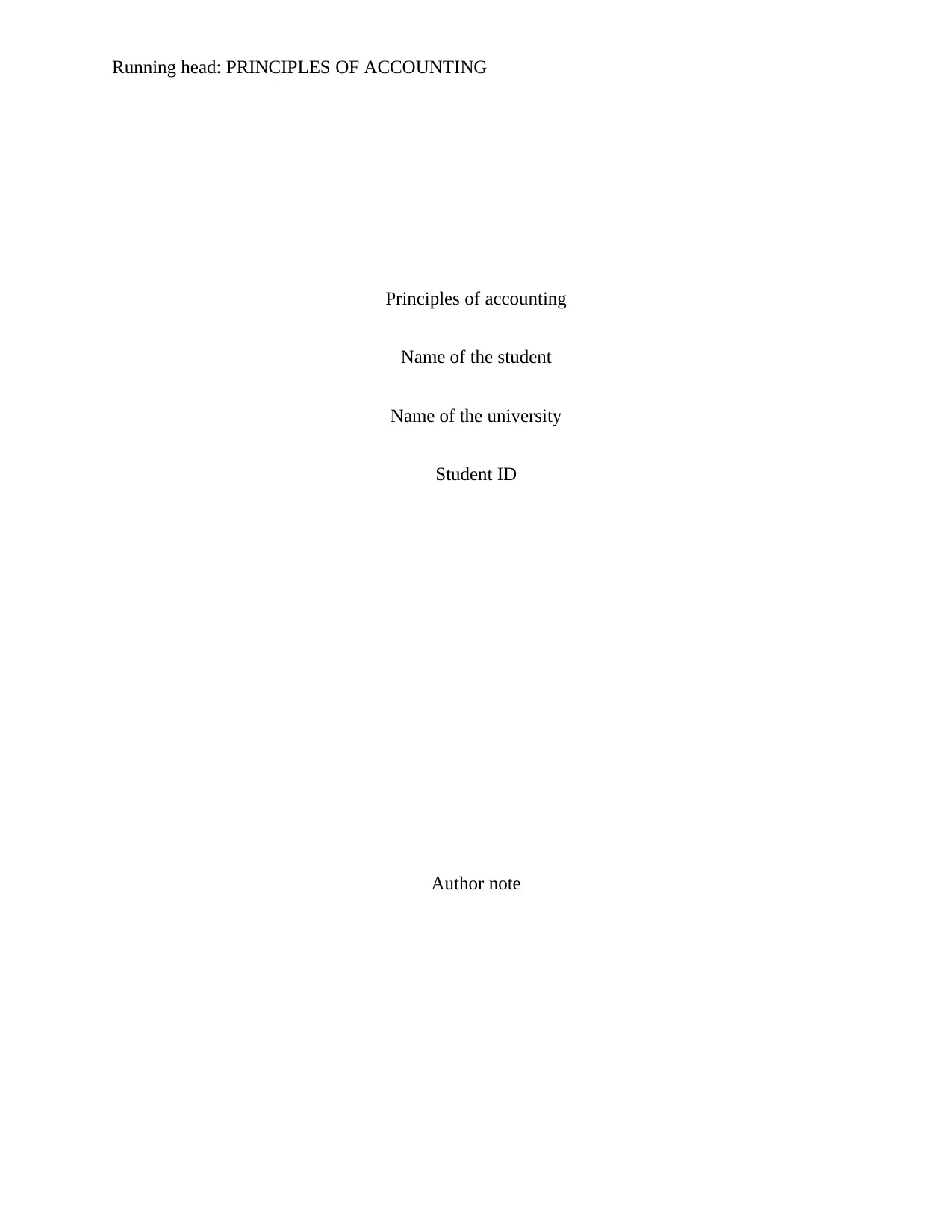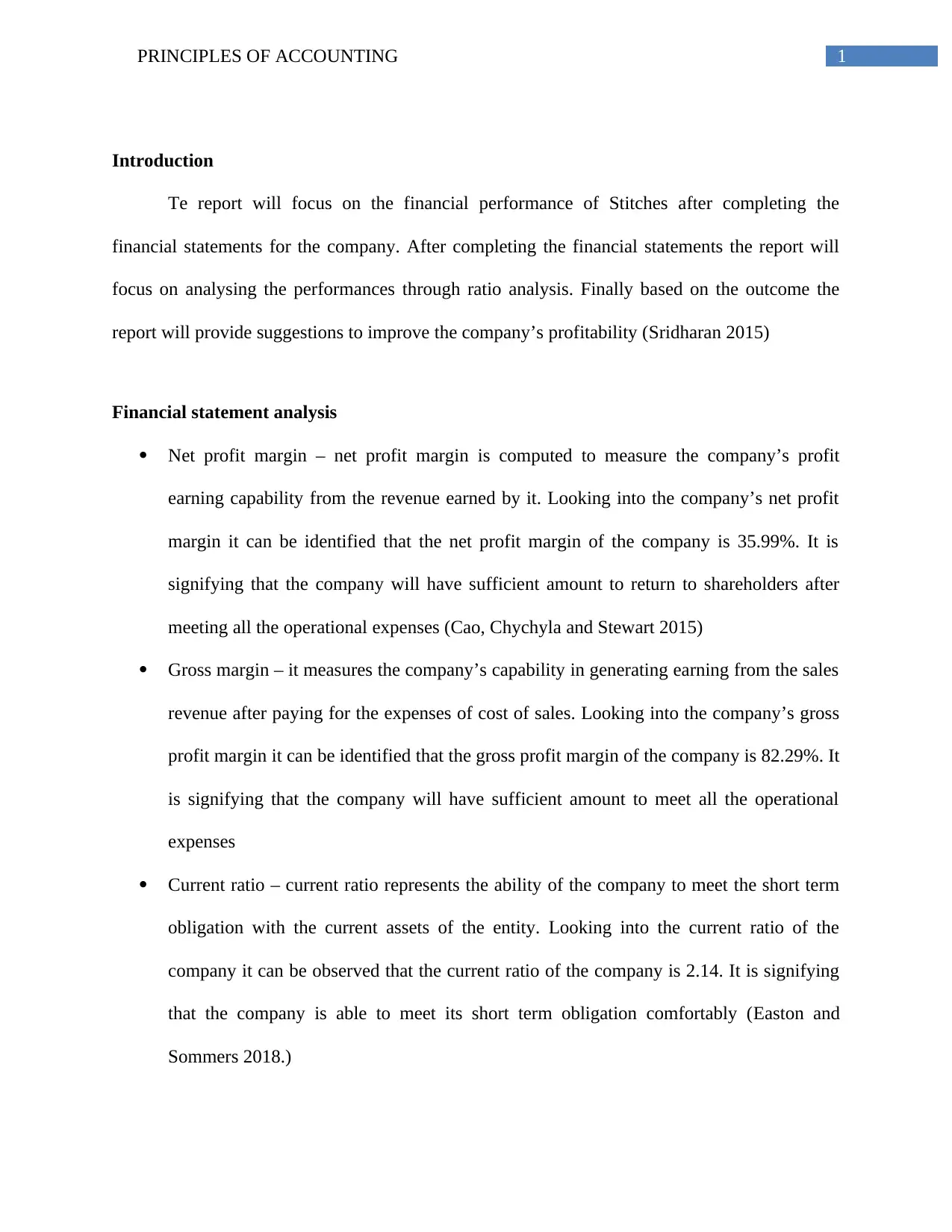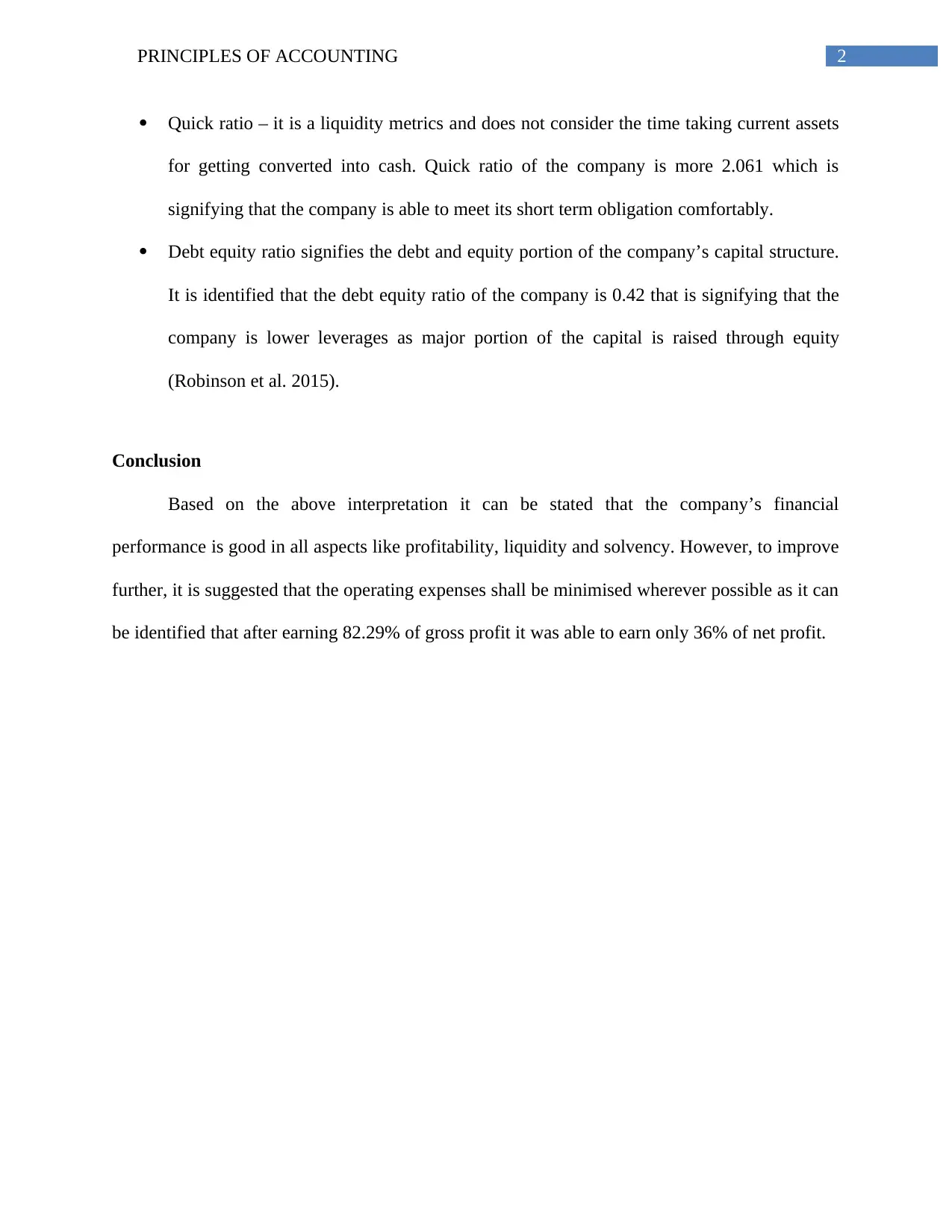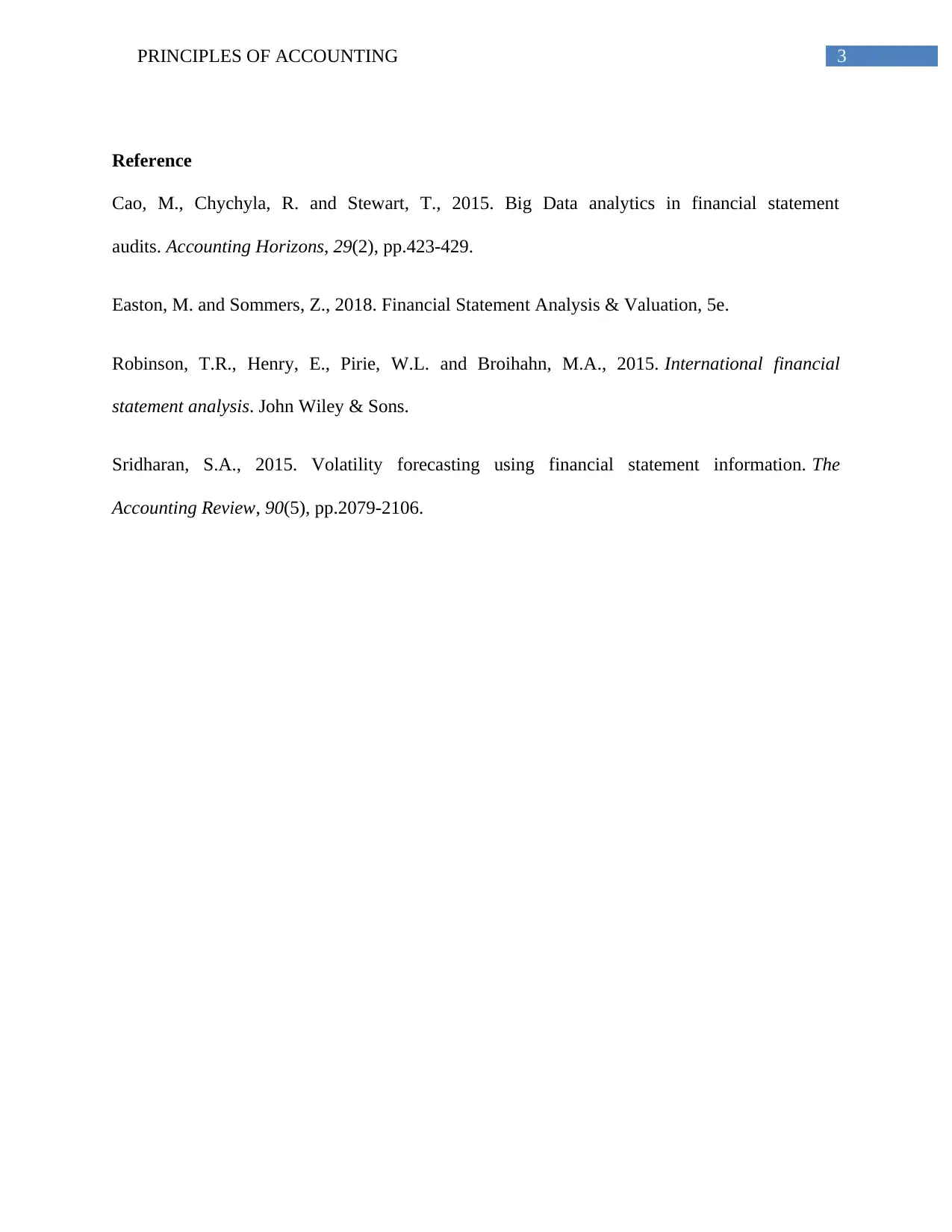Financial Performance Analysis of Stitches
VerifiedAdded on 2023/04/03
|4
|507
|334
AI Summary
This report focuses on the financial performance of Stitches, analyzing the company's profitability, liquidity, and solvency through ratio analysis. Suggestions for improvement are provided.
Contribute Materials
Your contribution can guide someone’s learning journey. Share your
documents today.
1 out of 4










![[object Object]](/_next/static/media/star-bottom.7253800d.svg)